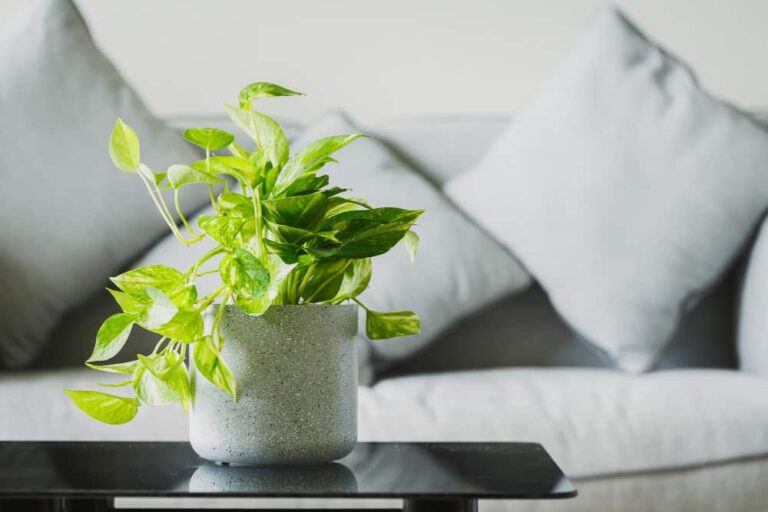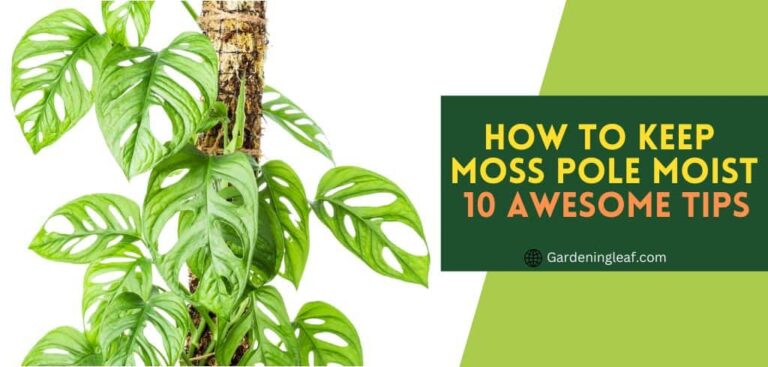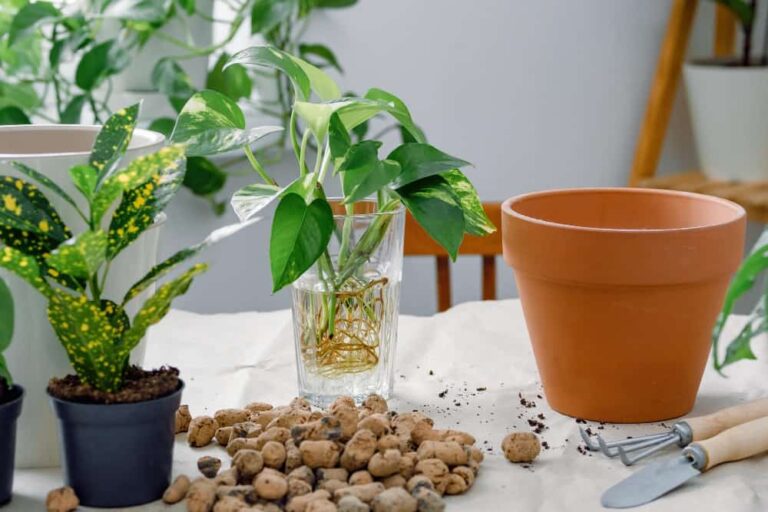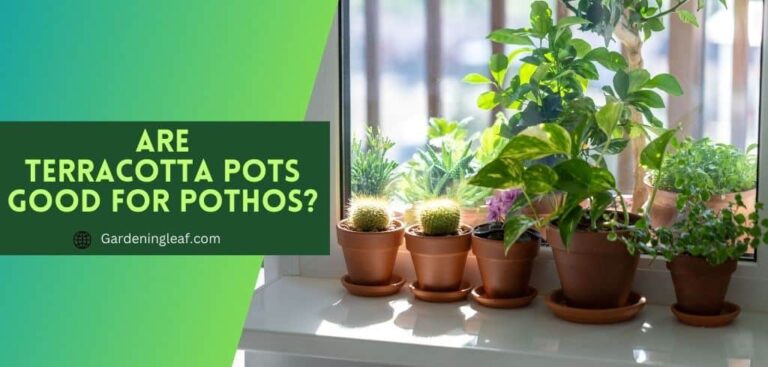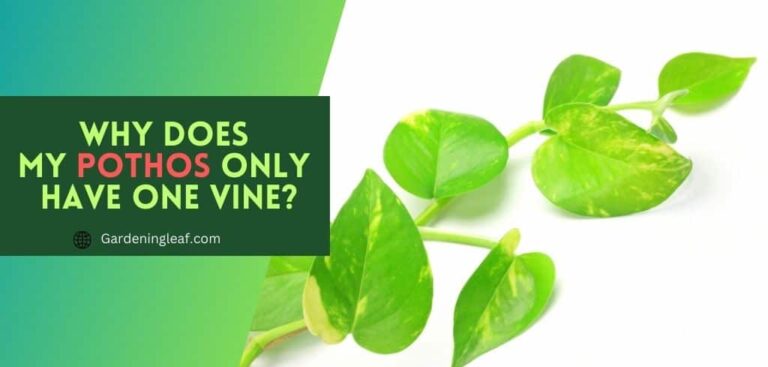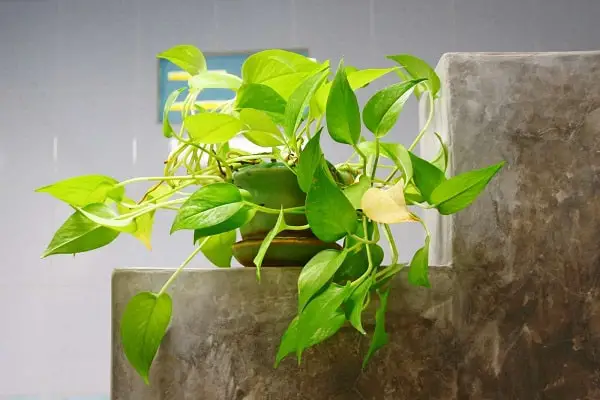Manjula Pothos vs Marble Queen: Which One is Best for You?
Manjula pothos vs marble queen is two plants that often confuse gardeners due to their similar appearance. Despite having a similar appearance, these two plants differ in some important ways.
Manjula and Marble Queen are two of the most popular Pothos. They both have long leaves that unfurl majestically, and they are tough enough to stand up to a lot of abuse. However, some key differences make them unique and perfect for different purposes. This guide will explain their differences. Therefore, you may choose the proper one for your garden with ease. We will also discuss which is ideal for a beginner’s first plant.

A brief summary and comparison table
| Native to French Polynesia, Australia, and Southeast Asia | Man-made by University of Florida | |
| Epipremnum aureum‘Marble Queen | Epipremnum aureum ‘HANSOTI14’ | |
| | Grows faster | Grows slower |
| | Marble queen pothos | Manjula pothos |
| Araceae | Araceae | |
| 10 ft long, 3 ft wide (indoors) | 6 ft long, 3 ft wide (indoors) | |
| Leaves have a heart shape and many creamy white streaks and splashes. | Shades of silver, white, cream and light green can be seen in the foliage’s variegation. | |
| Swirl Of White, Light Yellow, And Cream | Splash Of Green, White, And Cream |
What is Manjula Pothos?

The Manjula Pothos is a unique and patented cultivar of the common Epipremnum aureum (devil’s ivy ) or pothos houseplant. The University of Florida developed it. Manjula Pothos stands out from other cultivars with its distinct. Characteristics like its thick, glossy green leaves and white, pearly stripes.
Manjula pothos can grow up to 6 feet long and 3 feet wide indoors. This resilient pothos thrives in shaded areas and prefers acidic, loamy, and moist but well-drained soils.
Its versatility and ease of care make it a popular houseplant for new and experienced gardeners. Suppose you’re searching for a low-maintenance houseplant or a stunning addition to your landscape.
What is a Marble Queen?
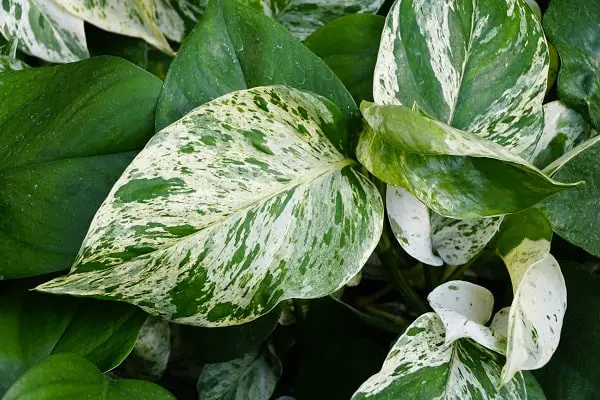
The Marble Queen is ideal for any level of gardener, from beginner to expert. It’s stunning white and cream variegated vining foliage will add a touch of elegance to any home, and its versatility allows it to thrive in various growing conditions. This lovely houseplant makes a wonderful addition to any indoor garden because it is so easy to care for.
Native to Australia, the Marble Queen Pothos grows well indoors and can reach up to 10 feet long and 3 feet wide. It prefers partial sun exposure and loamy, moist but well-draining soil with an acidic pH. It will bloom in the spring and summer with green and white flowers.
Difference Between Manjula Pothos vs Marble Queen
Manjula Pothos vs Marble Queen they both have some similarities at the same time, both plants have some differences when compared to each other.
Both are varieties of the same species, Epipremnum aureum, within the same family, Araceae. Manjula Pothos is known botanically as Epipremnum aureum “Manjula,” while Marble Queen is also known as Epipremnum aureum “Marble Queen.” While these two varieties can interbreed to form new varieties, they remain distinct species.
Growth Rate
When we compare manjula pothos vs marble queen. The first difference that clearing shows are its growth rate. If you start growing both plants simultaneously, you will soon notice that Manjula will quickly overtake Marble Queen in terms of growth until they reach full maturity.
The Marble Queen’s leaves have more white and cream variegation than those of other plants, which means that they photosynthesize less than their darker counterparts. Because of this, the Marble Queen does not absorb as much solar energy as the Manjula does in the same environment to allow for the same new growth rate. Even under ideal circumstances, the Marble Queen won’t develop as quickly as the Manjula.
Origin
The Manjula Pothos is an Epipremnum plant created by the University of Florida. It is a man-made plant.
The marble queen is a houseplant that originated in the Native to French Polynesia, Australia, and Southeast Asia. It has a slimy stem and heart-shaped leaves, making it a popular choice for people who want plants with interesting textures.
Leaf Design and Color
The leaves of Manjula Pothos and Marble Queen are the most apparent physical differences between them. The leaves of the Manjula Pothos are typically frilly and wavy, with a distinctive blend of pale yellow, white, and cream colors that appear in a captivating swirling pattern. This bold and beautiful pattern makes the Manjula Pothos one of the most popular and distinguishable houseplants.
Marble Queen plants’ leaves have a striking splash pattern in shades of green, cream, and white. If you look closely, you will notice that the leaves of the marble queen are broader and flatter than those of its counterpart, the manjula pothos.
If you carefully notice their leaf, you can easily make such differences. Not only do they have a unique color pattern, but they also have other differences in their behavior and distribution.
Leaf shape and texture
When comparing Manjula pothos and Marble Queens, their leaf shapes may appear similar at first glance. However, as the plants mature and grow, it becomes increasingly easier to differentiate their distinct characteristics.
Manjula Pothos has frilly leaves that remain slightly curled, while Marble Queen leaves grow straighter. The Marble Queen is smoother and waxier, while the manjula leaves have a more grainy and coarse texture when touched.
The best way to determine the differences between these two plants is to observe them side-by-side to appreciate their unique qualities.
Flowering
The Araceae family is known for their distinct inflorescence, which is visible in the Marble Queen in its natural state. With a purple-creamy spathe, we can see upright flower stalks.
It is unknown if the Manjula will flower in an indoor environment despite its development for indoor cultivation. Don’t expect to see any flowers from either of these plants because the odds of them flowering indoors are sadly minimal to none.
Similarities Between Manjula Pothos vs. Marble Queen
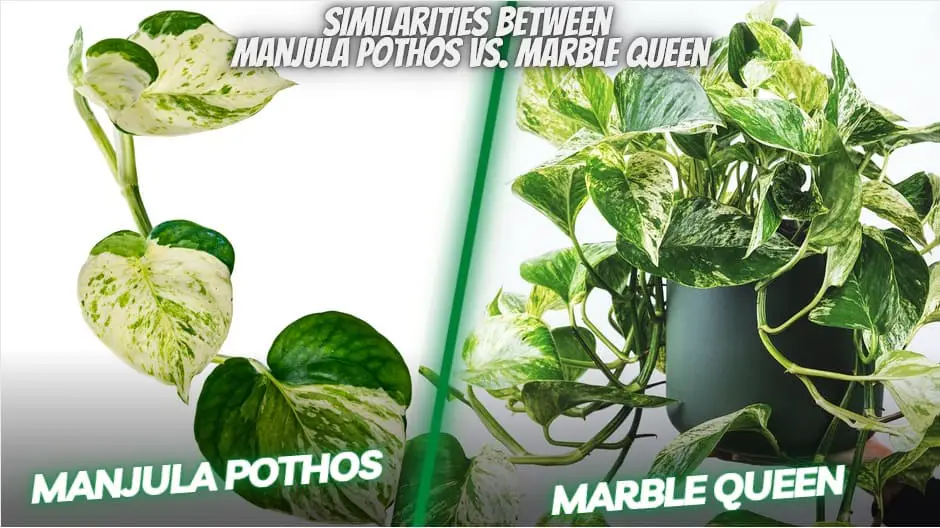
Family
The Manjula Pothos and the Marble Queen are members of the Araceae family, with the scientific name Epipremnum Aureum, also known as the Pothos genus. They look strikingly similar, but the Marble Queen is the parent of some of the most popular Pothos varieties, including Pearls Jade Pothos and Pothos N’Joy.
Although Manjula is a relatively new variant, it has already become popular among houseplant enthusiasts due to its unique variegated leaves and lush growth.
Height and Structure
It can be difficult to distinguish between a Marble Queen and a Manjula Pothos plant based on height alone, as when mature, both of these plants can reach a maximum height of 6 feet. However, their leaves can provide an alternative means of identification.
The leaves of a Marble Queen typically grow up to 10 ft in length and 3 ft in width at home, while the leaves of a Manjula Pothos can grow up to 6 ft in length and 3 ft in width, giving them a larger and more distinctive shape.
Sheath
Sheaths are not typically present on pothos plants while they are growing. Manjula Pothos leaves have a captivating pattern of swirling light yellow, white, and cream colors along their frilly, wavy edges. On the other hand, the Marble Queen’s leaves have a marbled pattern that is white and green.
Attractive foliage
Both manjula pothos and marble queen plants have attractive variegated leaves. This makes them a popular choice for people who want a plant that is both beautiful and easy to care for. Their tight, twisting vines make it easy to keep the plants tidy, while their green and cream colors are eye-catching without being too overpowering.
Both plants are low-maintenance.
Manjula pothos and marble queen plants require little care once they grow in a pot or container. Simply watering them regularly and fertilizing as needed will do the trick. If you want to take your plant even further, there’s no need to worry – both can tolerate a wide range of soil variations.
Whether grown in hanging pots or a cage, ensure that the plants have sufficient light, and they will keep your air fresh. They look good, but you can also benefit from their air-purifying properties and enjoy cleaner, fresher air in your home.
Easy to Grow
Manjula Pothos and Marble Queen plants are incredibly easy to grow and add greatly to any home or office. They require little care and grow in direct, bright light. These rich, colorful plants will infuse any space with life and color with a bit of care! Simply put them in a soil-based mix and give them sunlight, water, and fertilizer. They will quickly fill their container or pot with robust foliage.
Root Systems

These two plants are vines, therefore, when they grow in woods in particular, they cascade down or stretch out horizontally on the ground. They have aerial roots that help them cling to objects and support their growth, such as trellises and other frameworks. In their native habitats, the rootlets are on their vines, helping them climb large tree trunks and even invade trees.
To support the growth of these plants, you can use a piece of bamboo to guide the leaves upwards. Simply insert the bamboo sticks or moss pole into the soil and watch your plants thrive! This simplified process will significantly improve your plants’ growth and health.
Toxicity
One issue with Manjula pothos and marble queen plants is that they can be toxic if ingested. Both plants contain insoluble raphides, making you feel sick like your mouth is burning and making it difficult to swallow. It resulted in oral irritability, which caused vomiting and difficulties swallowing. Unfortunately, the Manjula Pothos is extremely toxic if consumed by people, cats, or dogs. To prevent potential health dangers, keep this plant away from kids, pets, and other household animals. If ingested, contact your local veterinarian or poison control center immediately.
Growing as Vines
Manjula Pothos and Marble Queen are both beautiful plants with unique growing habits. Unlike other plants, their leaves grow from vines, not from sheaths. When the plants are young, their leaves won’t have the same pattern or variegation as the mature plants, but over time they develop heart-shaped leaf patterns with variegations that make them distinct and attractive.
Growing Habits
Both plants, commonly known as “wall plants,” thrive on the walls of trees and other vertical surfaces. By clinging to surfaces and using their roots to anchor themselves, wall plants can access sunlight and the nutrients they need to survive and thrive in otherwise inhospitable environments. Both plants require well-drained soil and regular watering to maintain healthy growth. They both have similar growth requirements, but Manjula pothos is slightly easier to grow than marble queens.
Manjula pothos is a plant better suited for smaller spaces, whereas marble queen can be placed closer to a window or other light source. If you want a more spreading plant, then manjula pothos would be a good choice. However, marble queen would be better if you prefer a smaller plant closer to a window or light source.
Soil Requirements
Manjula and Marble Queen pothos thrive in well-draining, nutrient-rich aroid soil. To give these vining beauties the best chance at a happy, healthy life, you’ll want to provide them with the best possible soil for their terrestrial roots to do their job.
Mix peat moss, regular potting soil, and perlite in equal proportions to grow them best. This is a much better option than garden soil, as it will prevent overwatering and disease risk. The potting soil also works to drain off any excess water quickly, so your plants will stay healthy and strong.
Watering Requirements
Both manjula pothos and marble queen need regular watering, but Marble Queen will require a little more water than manjula pothos. For manjula pothos, watering every 2-3 days is usually enough. However, marble queens may need to be watered daily during the peak of growth or when the soil feels dry. Always check your plants’ soil moisture levels before watering them.
If you live in an arid or semi-arid climate, then manjula pothos may do just fine with less water than marble queen. However, marble queens will require more moisture to thrive in humid or rainy climates.
Light Requirements
Both plants require low to medium light intensities. Hence they both need indirect sunshine. To avoid the risk of burning leaves, you might want to avoid placing them on window sills, where direct sunlight can be too strong. An alternative option is to use a growing lamp to provide the necessary light for your plants in a more controlled environment.
Temperature Requirements
Both need warm weather to survive. The ideal temperature for them to grow and flourish is between 70-90 degrees Fahrenheit, and they can handle slight temperature fluctuations of 2-3 degrees. However, temperatures lower than 65 degrees Fahrenheit put them at risk of freezing, so you should be extra vigilant during the cooler months.
Spring and summer are the best seasons for these plants, giving them the best chance to thrive and reach their full potential. Manjula Pothos and Marble Queen may bring life and vibrancy to any dwelling or office with the right conditions.
Humidity Requirements
Another Similarity is both plant love Humidity . The ideal leaves humidity range is 40 to 60%. It is best to use a humidifier to keep your plants’ humidity levels at the recommended levels to ensure optimal growth. This will help ensure your plants remain healthy and lush with perfect leaves.
Air Purification
Their leaves can quickly remove pollutants and toxins from the air, helping to create a healthy and clean indoor environment. Plus, these plants help keep your home smelling fresh and clean. With Manjula pothos and Marble Queen plants, you can enjoy a cleaner and healthier atmosphere in your home.
Which one is best for you?
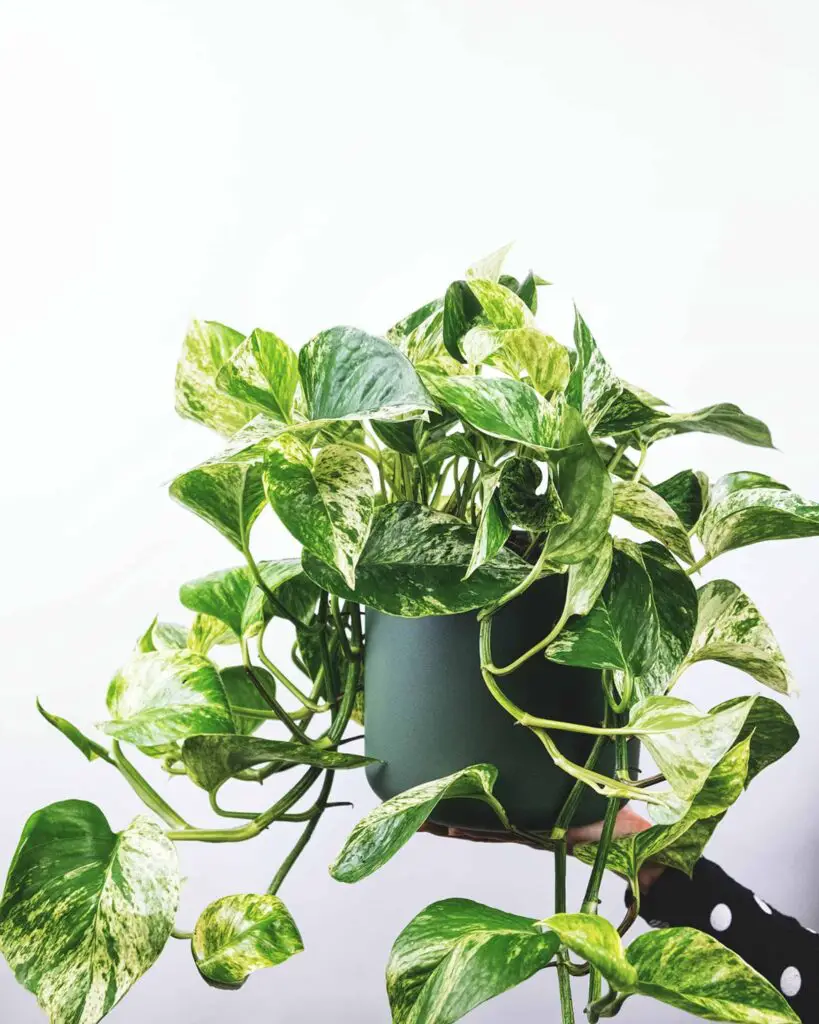
There is no simple answer to choosing the best houseplant for you. Some key differences between Manjula pothos and marble queen plants include leaves with a unique swirl pattern and a different leaf texture. If you are looking for an attention-grabbing plant with striking features
Both manjula pothos and marble queen plants are easy-to-care-for plants that can be used indoors or outdoors. Manjula pothos has fragrant leaves and blooms, while marble queen has larger leaves and flowers. Additionally, both plants are easy to propagate from cuttings.
The simple way to identify a marble queen pothos?
- Leaves have a heart shape and many creamy white streaks and splashes.
- The foliage typically resembles golden pothos in size.
- Depending on the branch it was propagated from, Marble Queen may have a greater or lesser degree of variegation.
The simple way to identify a Manjula pothos
- Green leaves in the form of hearts.
- The variegation of the leaf may be seen in the tones of silver, white, cream, and light green.
- Every leaf is unique, and many will have sizable green areas. Some people will get flecked and splattered all over.
- The variegated sections usually don’t have sharp borders between them. Therefore, the creamy parts frequently feature flecks or specks of different hues.
Frequently Asked Questions
Is pothos Manjula rare?
No, pothos plants are available in various botanical gardens and nurseries. You can find a selection of pothos varieties online or at local plant stores. The Manjula pothos is the most well-known of the many pothos kinds. Low humidity and indirect light are ideal for manjula pothos growth. Pothos is also a relatively easy plant to care for, and it will reward you with beautiful flowers and foliage.
Are Manjula pothos expensive?
Manjula pothos can be expensive if you want a specific variety or cultivar. For example, some varieties of manjula pothos may cost more than marble queens. However, manjula pothos is generally inexpensive compared to marble queen. Manjula pothos is also suitable for indoor use and both varieties of pothos are known for their glossy and variegated leaves.
Conclusion
We hope you appreciated my post about Manjula pothos vs Marble Queen plants. You now know all the information you’ll ever need about these two different plants.
Manjula Pothos, developed by the University of Florida, is a beautiful, vibrant houseplant with glossy, heart-shaped leaves. On the other hand, Marble Queen, Native to French Polynesia, Australia, and Southeast Asia.
When looking at the plants, one of the biggest differences between the two is their leaves.
Despite the differences between the two plants, they have almost the exact care requirements and are both easy to grow. So, you can choose either Manjula Pothos or Marble Queen, and be sure that you won’t have any trouble caring for them.
With the right care and attention, you can be sure to have two beautiful and healthy plants in your home. If you have more questions regarding Manjula pothos vs Marble Queen, you can contact me. Good luck!

